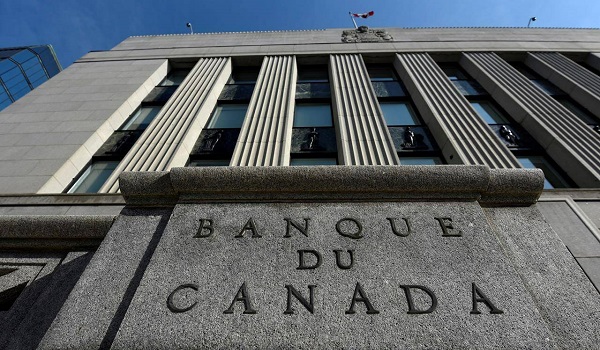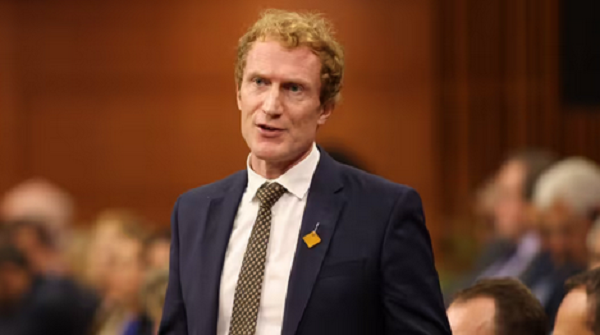BoC policymakers want economic growth to pick up to prevent inflation from undershooting their target
Having spent the past few years trying to slow down the Canadian economy to curb price growth, Bank of Canada policy makers now want economic growth to pick up steam to prevent inflation from undershooting their target.
That’s according to a summary, published Wednesday, of the discussions that took place ahead of the central bank’s Sept. 4 rate decision, where it trimmed its benchmark interest rate by a quarter of a percentage point for the third time since June to 4.25 per cent.
“Governing council members agreed they would like to see the economy grow at a rate above potential output to begin taking up slack in the economy so that inflation does not fall too much and instead settles close to the 2 per cent target,” the summary said.
This view, which puts more emphasis on downside risks to economic growth and inflation, could have implications for the pace of interest-rate cuts. Financial markets now put the odds of an oversized half-point cut on Oct. 23 at around 50 per cent.
Those bets were strengthened on Tuesday, when Statistics Canada reported annual Consumer Price Index growth hit the BoC’s 2-per-cent target in August for the first time since early 2021.
At 4.25 per cent, the central bank’s policy rate remains well above what the Bank of Canada considers to be a neutral level that neither restrains nor stimulates economic growth. This restrictive policy, designed to choke off consumer spending and business investment, looks out of line with the current economic conditions, leading many analysts to call for the central bank to speed up its pace of rate cuts.
Bank of Canada Governor Tiff Macklem has said several times in recent weeks that a 50-basis-point cut is on the table if inflation and economic data come in weaker than expected.
Even before the latest inflation data, members of the bank’s six-person governing council, led by Mr. Macklem, were becoming more nervous that a softening labour market and weak consumer spending could pull inflation below their target.
“Some members took the view that the risks were balanced, with strength in shelter and services price inflation offsetting the downward pressure from excess supply. Some had become more concerned with the downside risks to inflation, particularly if the economy and labour market weakened further,” the summary of deliberations said.
Recent economic data have mostly revealed weakness in the Canadian economy. Gross domestic product (GDP) growth was stronger than expected in the second quarter, but this largely reflected an increase in government spending and some idiosyncratic investment by a handful of industries.
GDP per person declined for the fifth consecutive quarter and per capita consumption contracted 2.4 per cent. Over all, the Canadian economy is operating below potential – a condition economists call “excess supply,” which implies further downward pressure on inflation.
Meanwhile, the labour market is softening. There haven’t been mass layoffs, but businesses aren’t creating jobs fast enough to absorb the rapid rise in population, which has pushed the unemployment rate to 6.6 per cent, up nearly two percentage points from 2022. This has implications for inflation, because higher unemployment typically slows wage growth, which feeds through into company price-setting behaviour.
The summary of deliberations notes that there are still upside risks to inflation. Wage growth remains strong relative to worker productivity, which could prop up service price inflation. And falling interest rates could spur a rebound in spending and investment and set off a real estate frenzy, pushing up home prices.
“In this scenario, it may be appropriate to slow the pace of further cuts in the policy rate,” the summary noted.
But the summary also presented a downside scenario, which seems to have become more prominent in the minds of Canada’s top central bankers.
“The economy and labour market may not pick up as anticipated or may even weaken further if consumption and residential investment do not strengthen as expected. Businesses could hold back on investment, given the rising risks to foreign and domestic demand,” the summary said.
“In such a scenario, it may be appropriate to lower the policy interest rate more quickly.”
The bank has said it is not on a predetermined path and will take each interest-rate decision as it comes.
This article was first reported by The Globe and Mail













